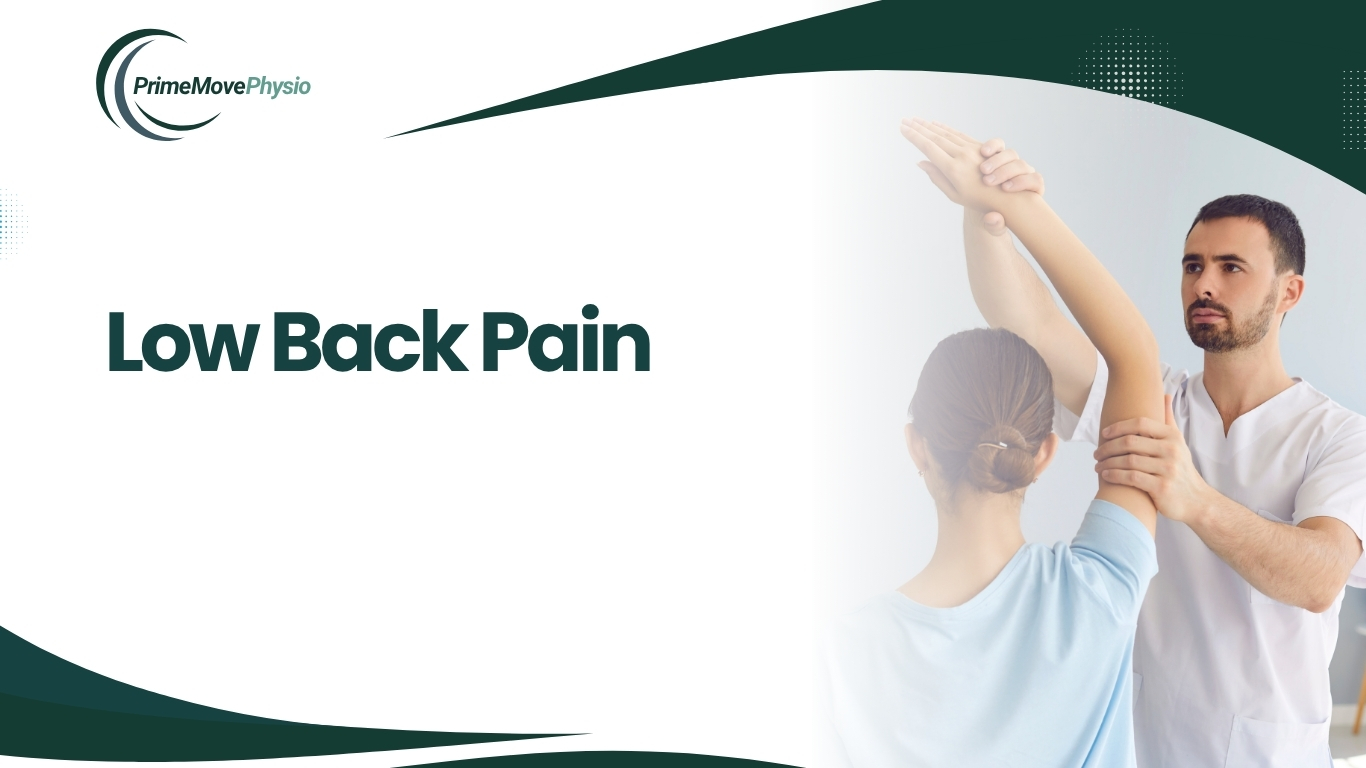Almost anyone born today in Europe or North America has a chance of suffering disabling back pain regardless of the occupation. The lower back supports the upper body and transmits the weight of upper body to the legs and pelvis.
Problems of the lower back are difficult to diagnose. In only about 15% of the cases a definitive diagnosis to the pathology of back pain can be made. It tends to be more prevalent in people with strenuous occupations, although it has been reported that familial influences have an affect as well as occupation. For example, truck drivers (vibration) and warehouse workers have high incidence of back injury. Patients who have chronic low back pain develop a deconditioning syndrome, which compounds the problem as it leads to decreased muscle strength, impaired motor control, and decreased coordination and postural control.
Unilateral pain with no referral below the knee may be caused by injury to the muscles or ligaments and in some cases to the joint. This is called mechanical low nack pain. Pain on standing that improves with walking and pain on forward benign with no substantial muscle pain suggests disc involvement. Pressure on nerve root by disc lesion with usually result in pain followed paresthesia.If paresthesia is painless, a disc problem is unlikely and conditions such as cord compression, diabetes, pernicious anemia or multiple sclerosis should be considered.
